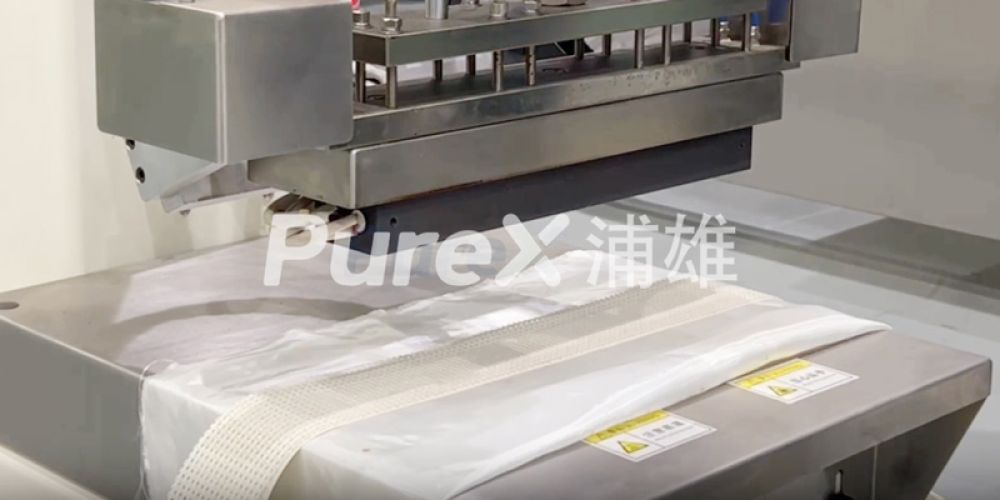
PTFE (Polytetrafluoroethylene) Mesh Fabric Heat Sealing and Welding
The heat sealing and welding of PTFE mesh fabric must align with its material properties and application requirements, utilizing processes such as hot air welding or hot press welding. Specific methods should be adjusted based on the fabric’s structure and intended use. Below are detailed technical guidelines and operational recommendations:
Material Properties
Welding Challenges
Hot Press Welding
Hot Air Welding
Temperature Control
Pressure Control
Welding Speed
Post-Weld Inspection